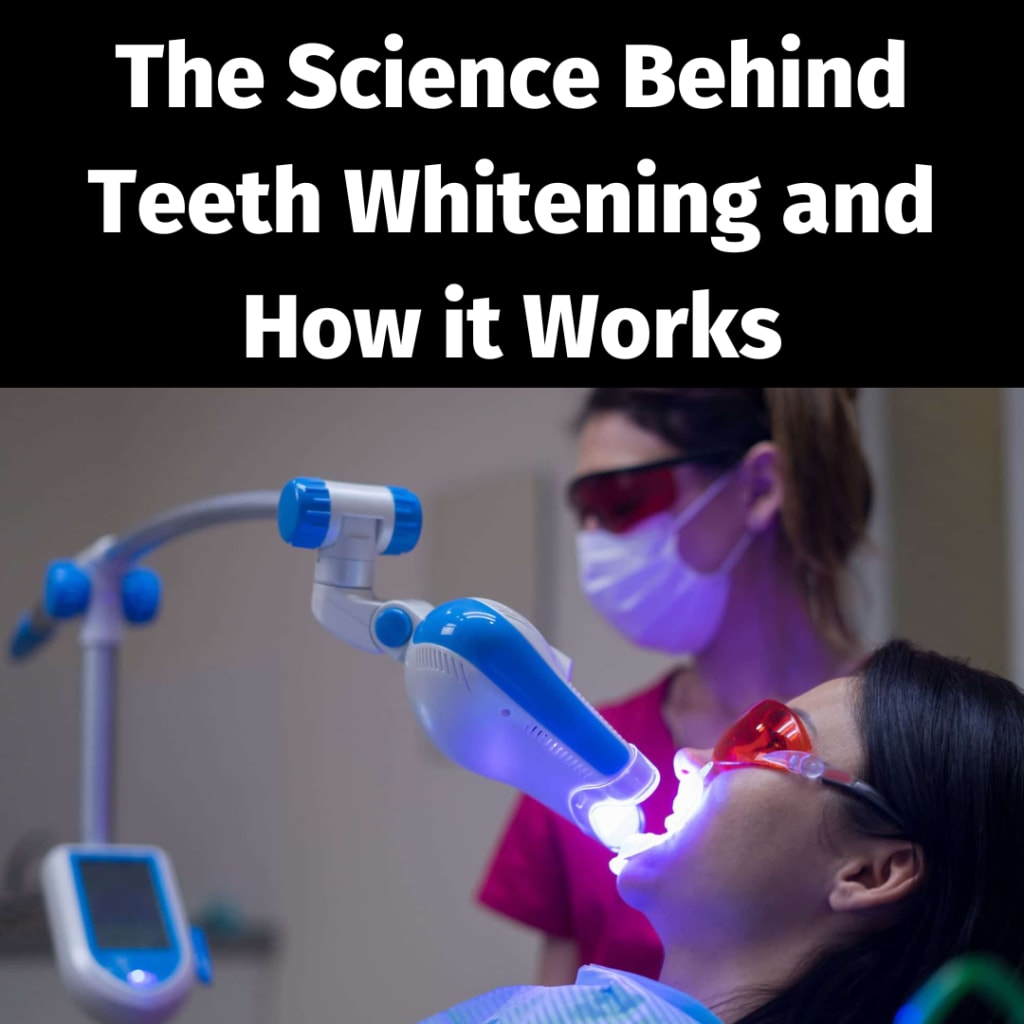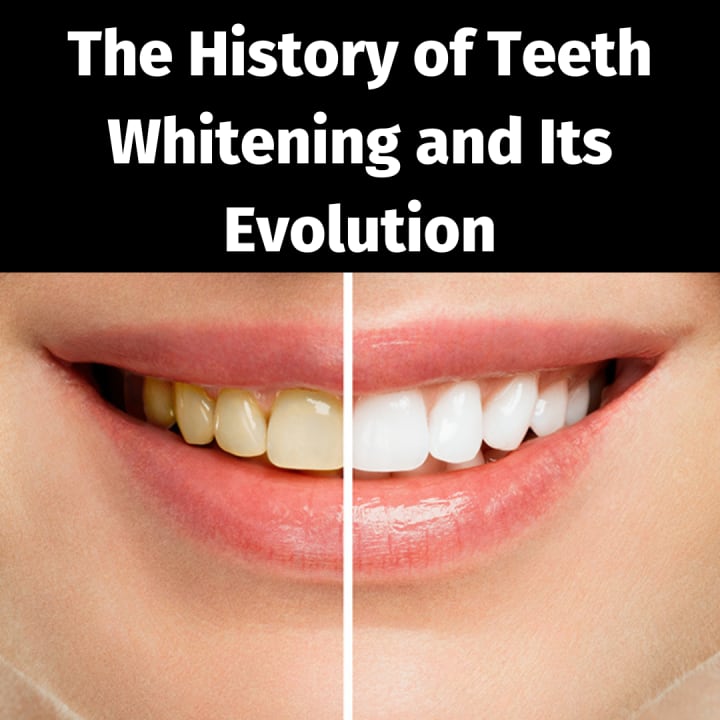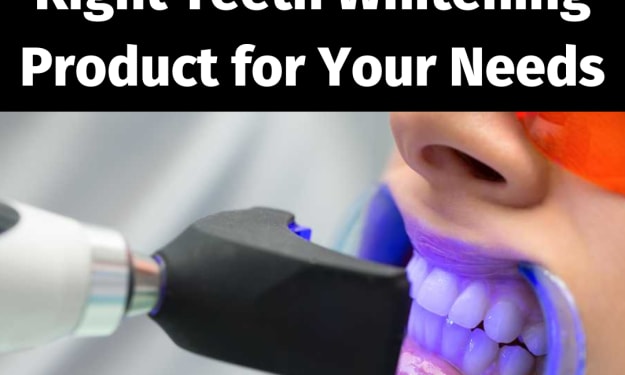
The Science Behind Teeth Whitening and How it Works
Teeth whitening is a cosmetic procedure that has become increasingly popular in recent years. Whether it’s due to coffee, tea, wine, or simply aging, our teeth can become discolored over time. While some people turn to at-home treatments, others opt for professional teeth whitening procedures. But what exactly is teeth whitening, and how does it work? In this article, we’ll explore the science behind teeth whitening and how it can brighten your smile.
What is Teeth Whitening?
Teeth whitening is a cosmetic procedure that involves removing the discoloration and staining from your teeth to give you a brighter, whiter smile. The process can be done at a dentist’s office, or with over-the-counter products. The results are usually immediate and can last for several months to a year, depending on your lifestyle and the type of whitening treatment you choose.
How Does Teeth Whitening Work?
The basic science behind teeth whitening is simple. The active ingredient in most whitening products is hydrogen peroxide or carbamide peroxide. These substances break down into hydrogen and oxygen when they come into contact with your teeth. The oxygen then penetrates the enamel and dentin of your teeth, breaking down the organic matter that causes discoloration and staining. This results in a brighter, whiter smile.
Types of Teeth Whitening
There are two main types of teeth whitening — professional and at-home treatments. Professional teeth whitening procedures are performed by a dentist and can include in-office bleaching or custom-fit whitening trays. At-home treatments include over-the-counter whitening products such as gels, strips, and trays.
In-Office Bleaching
In-office bleaching is a professional teeth whitening procedure that involves the application of a hydrogen peroxide gel to your teeth. The gel is then activated with a special light or laser, which helps to speed up the whitening process. This type of whitening is typically done in one visit and can result in a brighter, whiter smile in just one hour.
Custom-Fit Whitening Trays
Custom-fit whitening trays are another professional teeth whitening option. These trays are made from a mold of your teeth, ensuring a perfect fit. The trays are filled with a hydrogen peroxide gel and worn for a specified amount of time each day. The results from custom-fit whitening trays can be gradual, taking several days to a few weeks to achieve the desired level of whiteness.
Over-the-Counter Whitening Products
Over-the-counter whitening products are a convenient and affordable option for those who want to whiten their teeth at home. These products include gels, strips, and trays that can be purchased without a prescription. However, it is important to follow the instructions carefully and not use the products for an extended period of time, as overuse can lead to sensitivity or damage to your teeth and gums.
Risks and Side Effects
While teeth whitening is generally safe, there are some risks and side effects to be aware of. Some people may experience sensitivity or pain during or after the whitening procedure, especially if they have existing dental problems or a history of sensitivity. It is also possible to overuse whitening products, which can lead to damage to your teeth and gums. It is important to speak with your dentist before undergoing any teeth whitening procedure to ensure that it is safe for you.
The History of Teeth Whitening and Its Evolution

The History of Teeth Whitening and Its Evolution
Teeth whitening is a cosmetic dental procedure that has been used for centuries to enhance the appearance of one’s smile. From ancient remedies to modern-day techniques, teeth whitening has come a long way in its evolution. In this article, we’ll take a look at the history of teeth whitening and how it has evolved over the years.
Early History of Teeth Whitening
Teeth whitening can be traced back to ancient civilizations, where various methods were used to whiten teeth. The ancient Egyptians, for example, used a mixture of ground pumice stone and vinegar to clean and whiten their teeth. The Greeks and Romans also used baking soda and wine vinegar to whiten their teeth.
Teeth Whitening in the Middle Ages
During the Middle Ages, teeth whitening was done by rubbing them with a mixture of salt and charcoal. This mixture was believed to have a whitening effect on the teeth. However, this method was also quite abrasive and could cause damage to the enamel.
Teeth Whitening in the 19th Century
In the 19th century, dentists began using hydrogen peroxide as a whitening agent. This was the first time that hydrogen peroxide was used for teeth whitening and it quickly became popular. However, the concentration of hydrogen peroxide used was quite high and could cause irritation and sensitivity.
The Evolution of Teeth Whitening in the 20th Century
In the 20th century, teeth whitening continued to evolve with the development of new techniques and products. For example, in the 1980s, at-home teeth whitening kits were introduced, which allowed people to whiten their teeth in the comfort of their own homes. The introduction of these kits revolutionized the teeth whitening industry and made the procedure more accessible to the general public.
Modern-Day Teeth Whitening
Today, teeth whitening is one of the most popular cosmetic dental procedures. There are numerous options available for those who want to whiten their teeth, including in-office treatments, at-home kits, and over-the-counter products. These options vary in effectiveness and cost, and it is important to choose the one that is right for you.
Conclusion
The history of teeth whitening is a long and interesting one, with many different methods and techniques being used over the years. From ancient remedies to modern-day treatments, teeth whitening has come a long way in its evolution. Today, there are numerous options available for those who want to enhance their smile, and it is important to choose the one that is right for you. Whether you choose an in-office treatment or an at-home kit, be sure to speak to your dentist first to ensure that you get the best possible results.
About the Creator
Shannon
Hello there! My name is Shannon, and I am a passionate advocate for health and fitness. As someone who has experienced firsthand the incredible benefits of leading an active and healthy lifestyle,






Comments
There are no comments for this story
Be the first to respond and start the conversation.